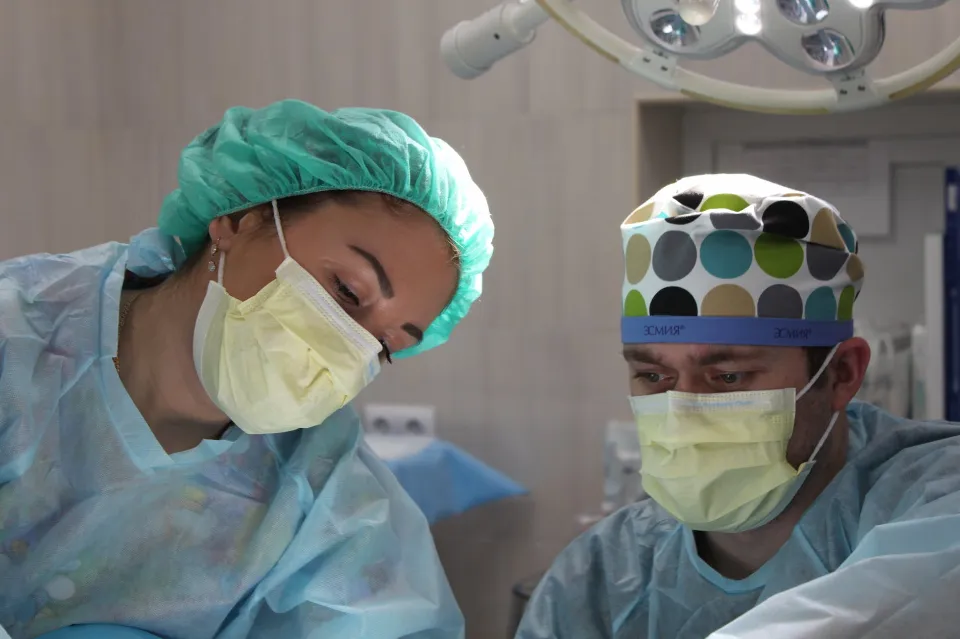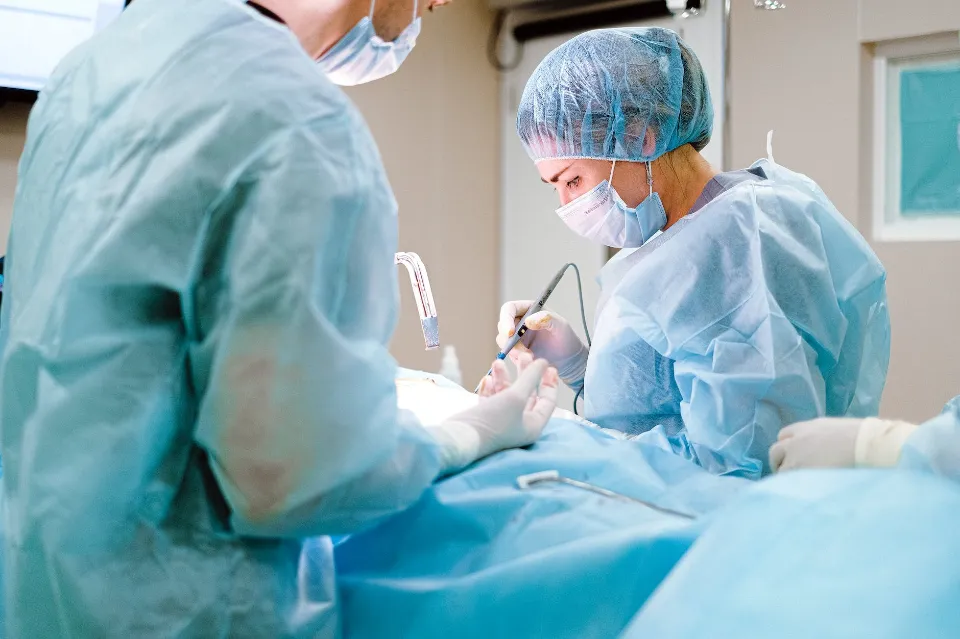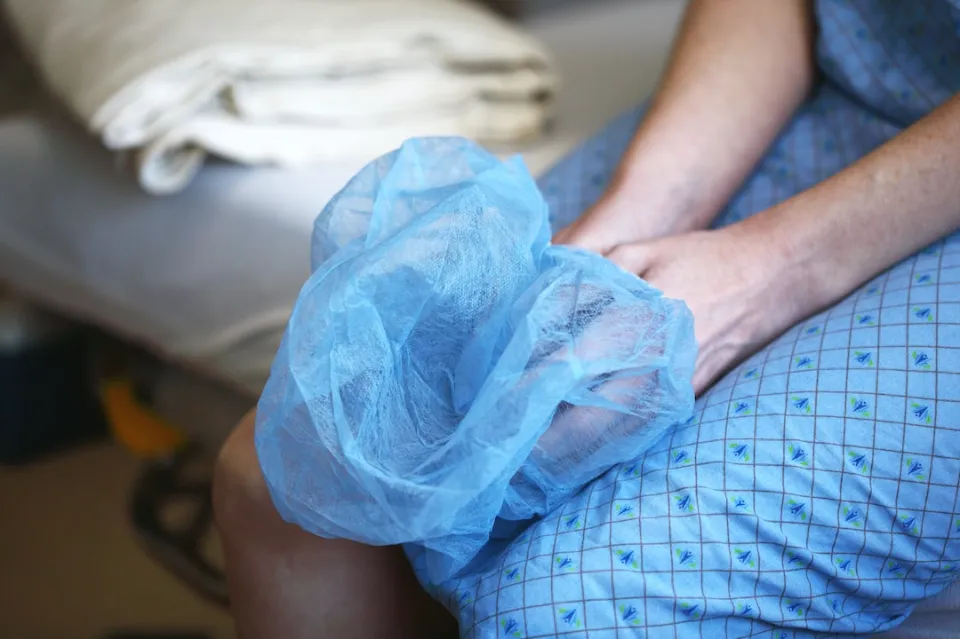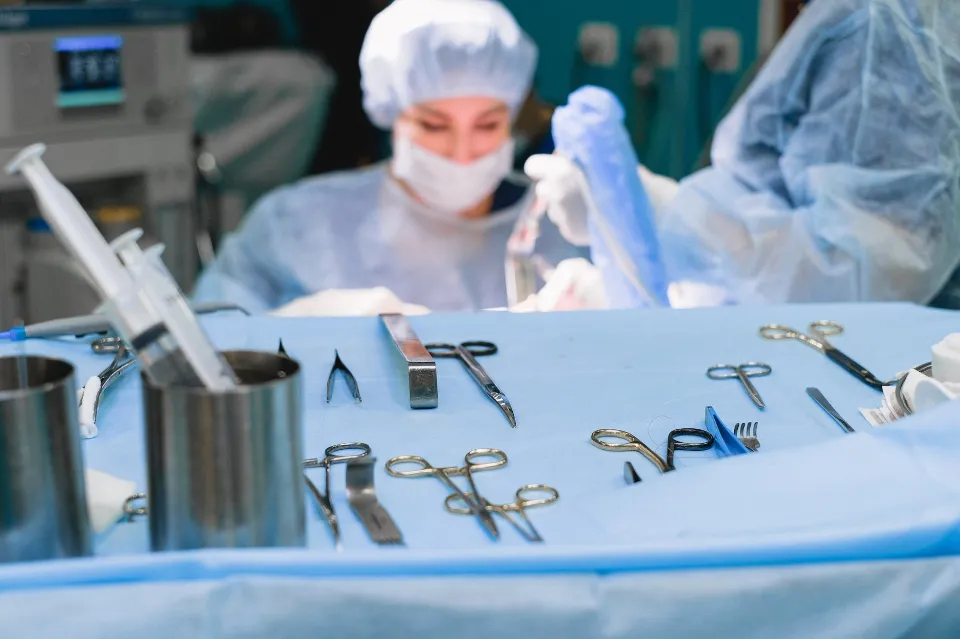
Basal Cell Before and After Mohs Surgery – Transformative Results
By removing cancerous cells while leaving healthy tissue unharmed, Mohs surgery offers exceptional results for treating basal cell skin cancer.
This article illustrates the transformational power of Mohs surgery with eye-catching before and after pictures. Come along as we examine the procedure, its advantages, and the pronounced improvements experienced by patients.
What is Mohs Surgery?
When treating skin cancer, doctors’ methods for removing tumors have advanced quickly. The two most common types of skin cancer, basal cell carcinoma, and squamous cell carcinoma, can both be removed with Mohs surgery.
Despite numerous worthwhile advancements over the years, Mohs surgery has truly stood the test of time. As much healthy tissue as possible is preserved while providing the highest cure rate. In some melanoma cases, some surgeons are also using Mohs surgery successfully.
A dermatologist with specialized training performs Mohs surgery by removing a layer of visible cancerous tissue and examining it under a microscope. A further layer of skin is removed from the precise area of the skin where cancer cells are still present if any can be seen by the surgeon. Up until no more cancer cells are discovered, this procedure is repeated.
There are many accomplished Mohs surgeons who belong to the Skin Cancer Foundation. Three of them were asked to provide an explanation of what patients can anticipate before, during, and after Mohs surgery.
Preparation for Mohs Surgery

Any current medical conditions should be noted once you have a Mohs surgery appointment, advises C. Mohs surgeon in Indianapolis with fellowship training, Dr. William Hanke founded the Laser and Skin Surgery Center of Indiana.
“For example, if a patient has a heart murmur or artificial joint, they should speak with their primary care physician to determine if preoperative antibiotics are necessary,” says Senior vice president of The Skin Cancer Foundation, Dr. Hanke.
It’s crucial to consult your doctor if you already have cardiovascular disease because he or she might or might not advise you to stop taking any blood thinners.
There are still a few considerations for those who do not have any preexisting conditions. Aspirin and other NSAIDs, such as ibuprofen, should be avoided for at least seven days prior to surgery, advises Dr. Hanke. A few days prior, stay away from vitamin E and alcohol as well. Dr. Hanke advises getting a good night’s sleep and eating a typical breakfast the morning of the procedure. Since local anesthesia is used during the procedure, there is no need to fast.
As the Mohs procedure can take some time, it is best to free up your schedule the day of the procedure. Perhaps you should invite a close friend or family member to go with you to your appointment. Make sure your skin is clean and makeup-free before having surgery on your face.
Procedure for Mohs Surgery

A Mohs procedure shouldn’t be particularly painful or inconvenient, despite the fact that having surgery of any kind can be nerve-wracking.
“The procedure itself is usually much easier than patients anticipate,” says Board-certified dermatologist Ali Hendi, MD, a Chevy Chase, Maryland-based fellow in Mohs surgery. “Wow, that was it? is what most patients exclaim.'”
The part of the experience that hurts the most is typically the local anesthesia injection. You might feel some pressure after the area has become numb as the surgeon works, but the procedure to remove the first specimen only takes a few minutes. However, since the procedure usually takes an hour or so, you might want to bring something to read while you wait. You should also make sure your phone is fully charged.
In his practice, Dr. Hendi estimates that a Mohs procedure is completed in the first stage 40 to 50 percent of the time. The procedure is repeated with the patient under additional anesthesia if the tissue sample doesn’t show no evidence of cancerous cells. Depending on its size and location, the wound may be closed after the cancerous cells have been removed or left open to heal.
Many patients worry about how the surgery will look, in addition to the potential for pain. They are concerned that a visible scar will result.
“I tell my patients I have two goals for a Mohs procedure,” Dr. Hendi says. “I want to first get them well, and then I want to make sure they look good and recover well.”
Even though patients and their families might always be able to tell they’ve had surgery, it’s usually hard for others to notice anything unusual once they’ve fully recovered.
The Recovery

In order to avoid having to make educated guesses about how to recover most effectively, your surgeon should give clear post-op instructions. According to C, some patients might even receive bags of supplies to aid them in their aftercare. Tennessee’s Goodlettsville is home to Dr. Drew Claudel, a fellowship-trained Mohs surgeon. In addition to being informed of the potential warning signs of wound infection, you will probably be advised to refrain from strenuous work or exercise for at least 24 to 48 hours.
“I usually tell patients to expect a little discomfort — maybe including some bruising and swelling — but these symptoms usually resolve fairly quickly,” If you experience pain following the procedure, Dr. Claudel advises trying a cold compress, over-the-counter pain relievers, and plenty of rest. Know who to call in case of emergencies after hours before you leave your doctor’s office.
In order to get the best results, it’s critical that you adhere to your doctor’s recommendations for wound care, scar care, and follow-up.





Average Rating